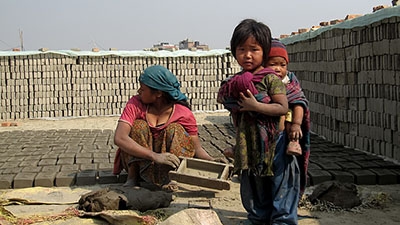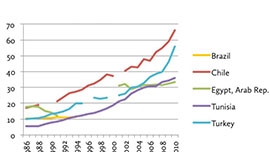The quarterly newsletter Inequality in Focus continues to explore aspects of inequality, this time delving into how poverty can limit aspirations and exploring the gap between facts and perceptions of inequality. Access the latest issue here.
Aspiration Traps: When Poverty Stifles Hope
Parents from lower socioeconomic backgrounds often have limited hopes for their children's educational and professional success. In many cases, this low expectation can translate into the children themselves underestimating their potential and future path, trapping them in a negative cycle throughout their lives. Author Svenja Flechtner digs deeper into this phenomenon, exploring possible causes, links to inequality and social unrest, and potential policy and research interventions to counter the negative effects of aspiration traps. Read full article here.


